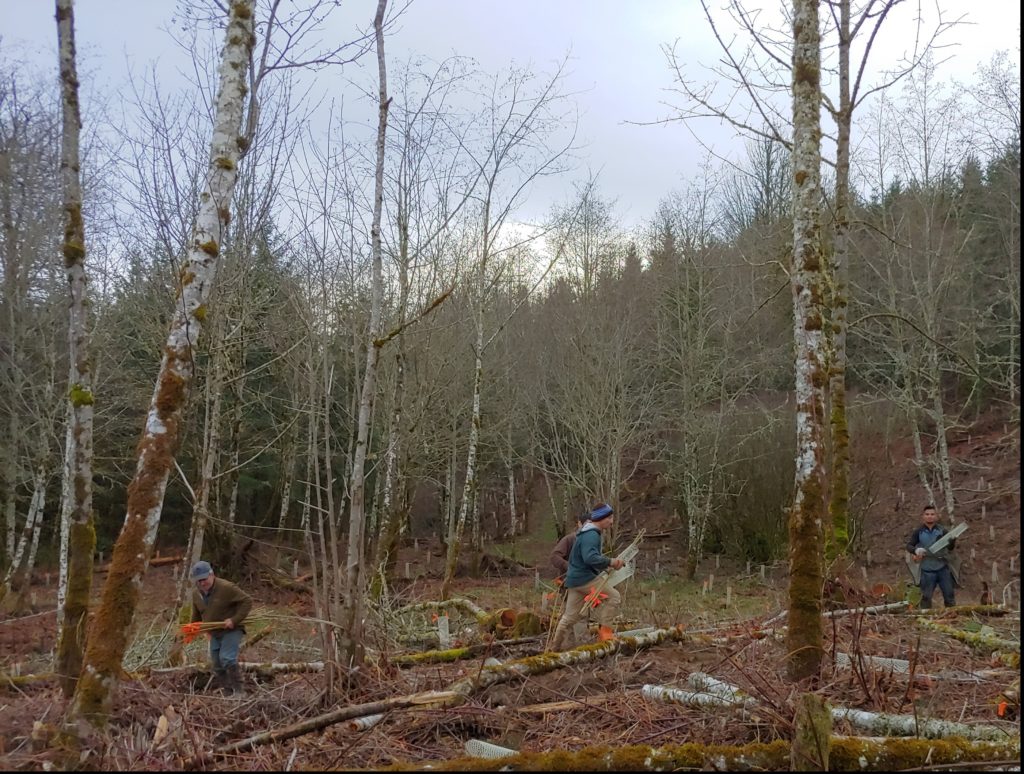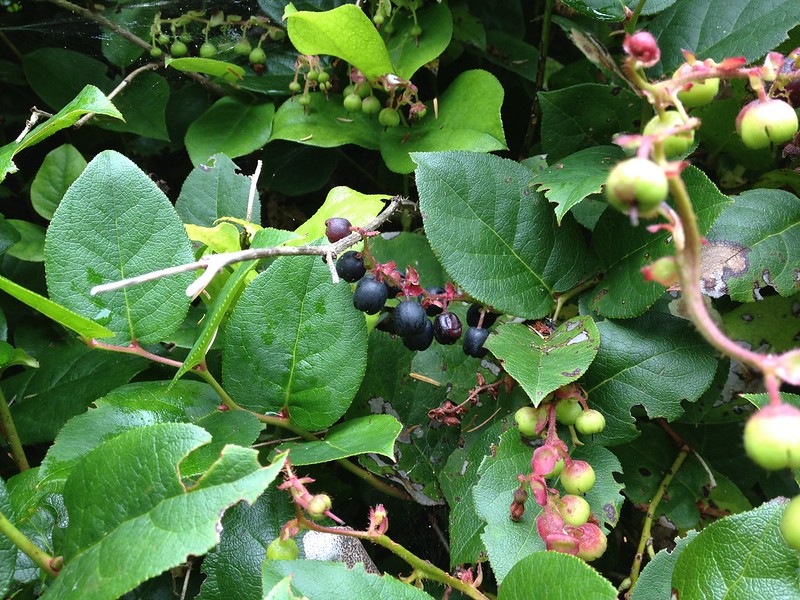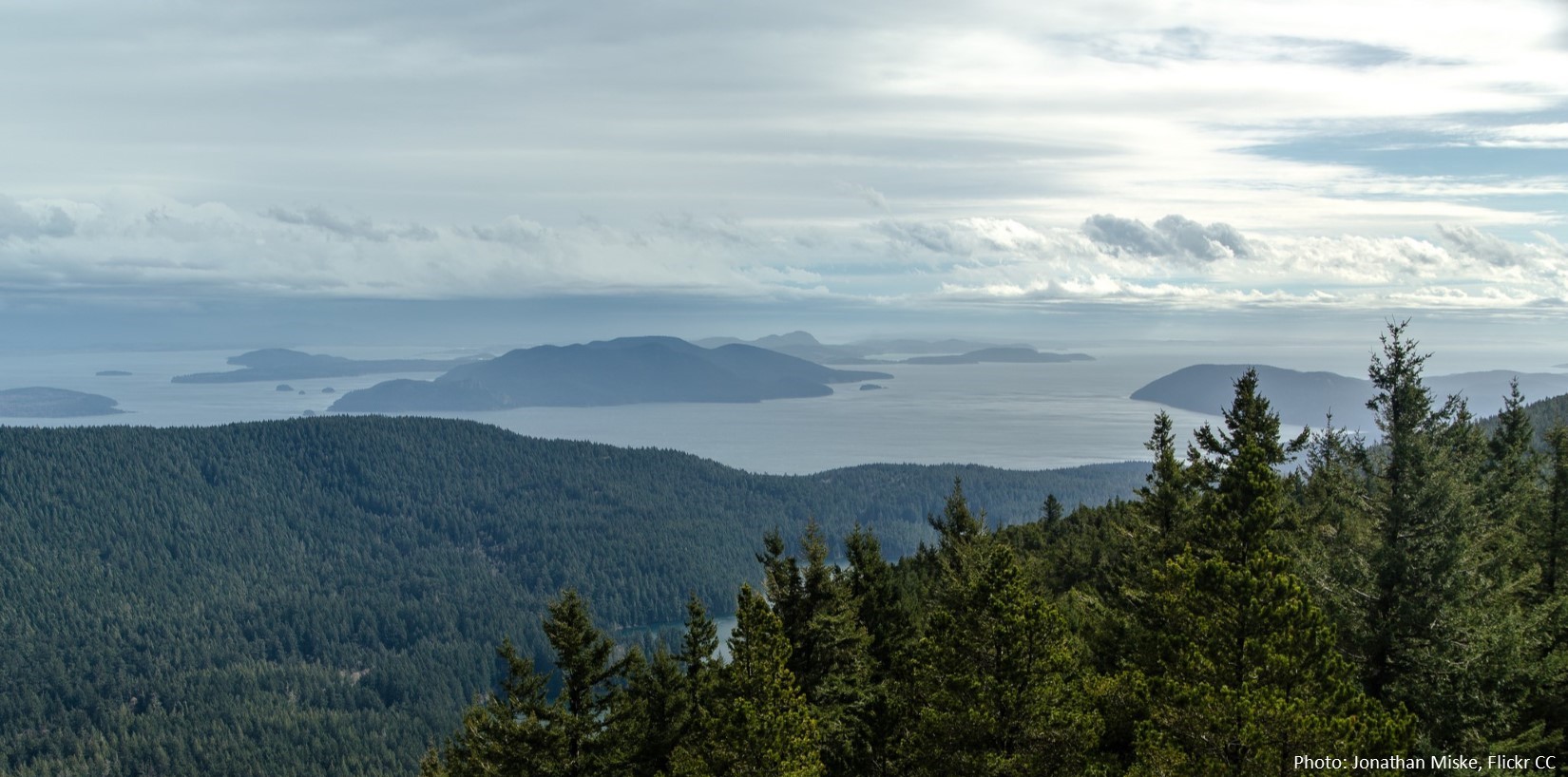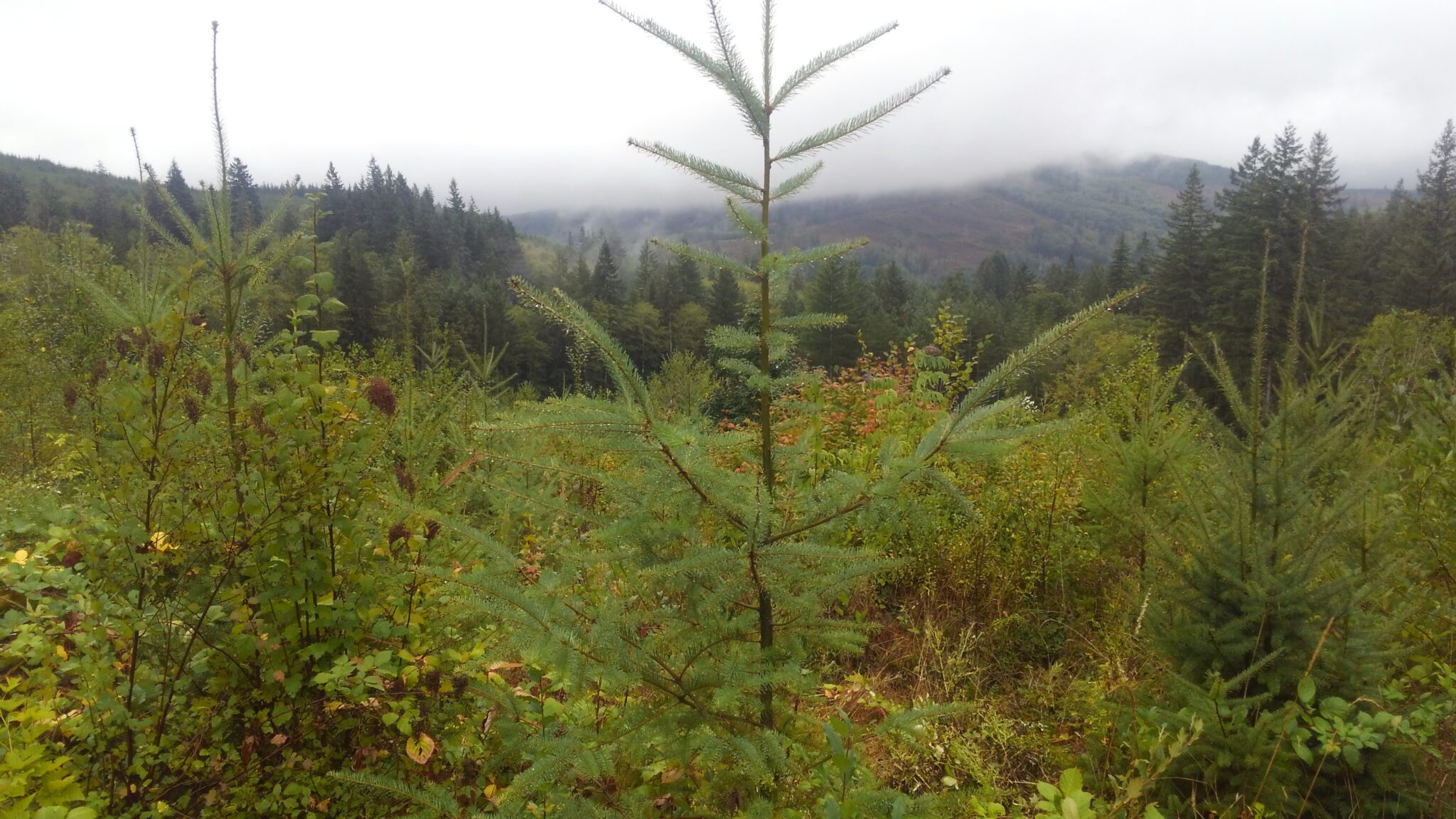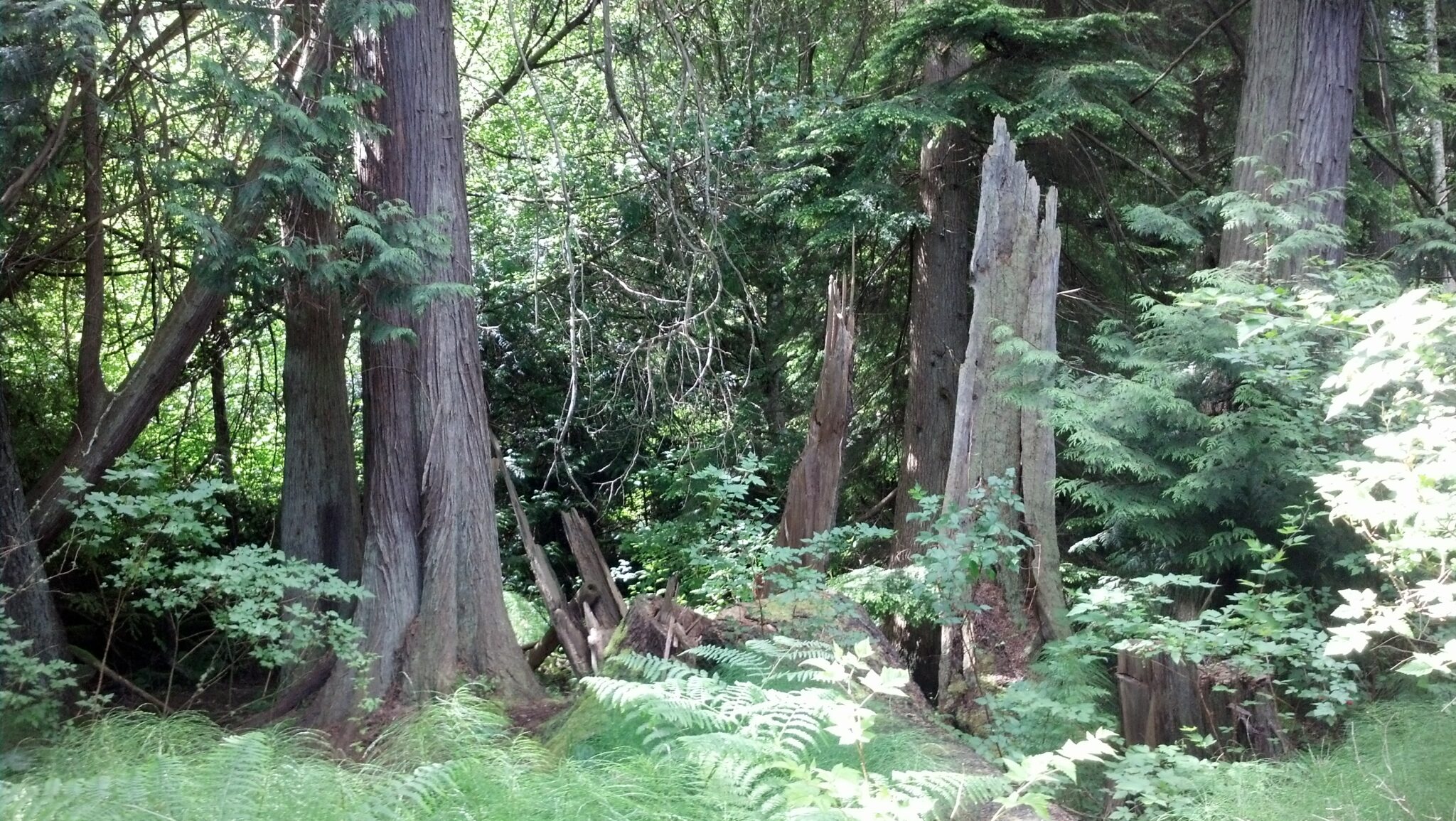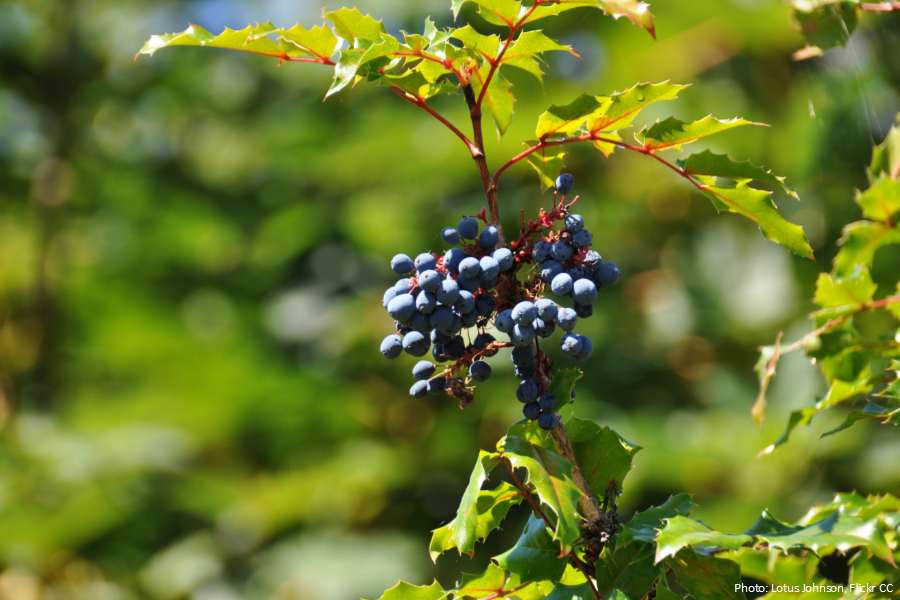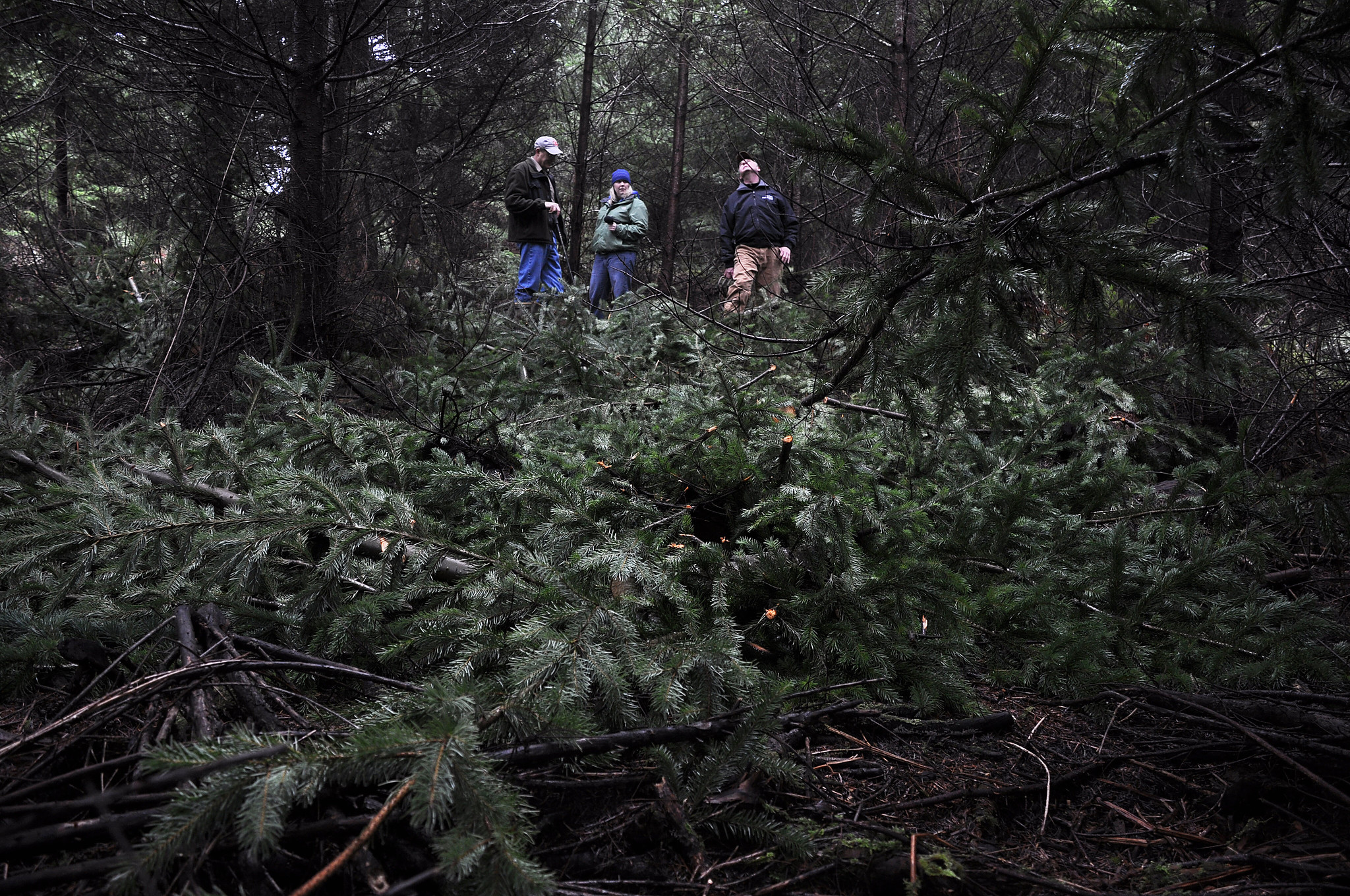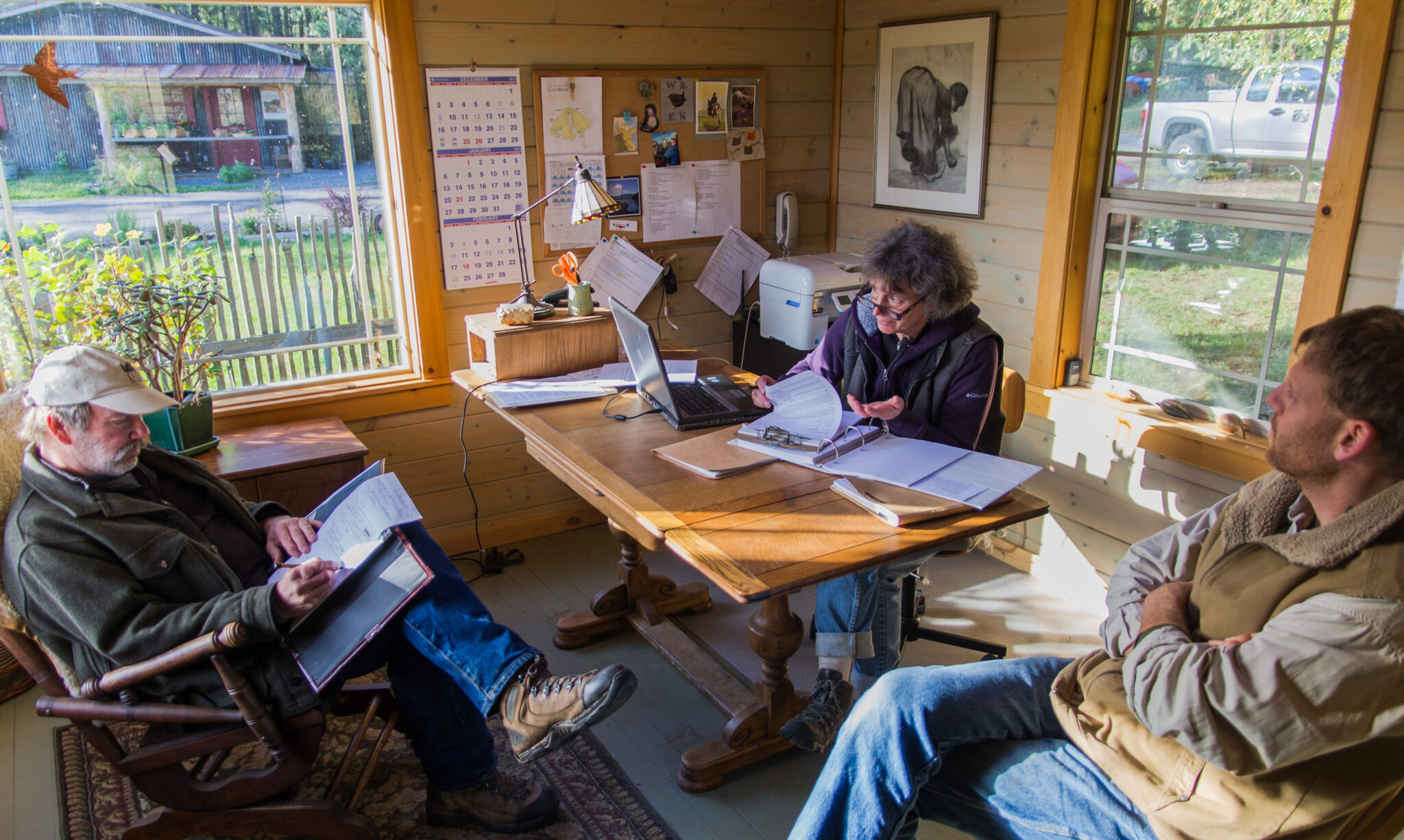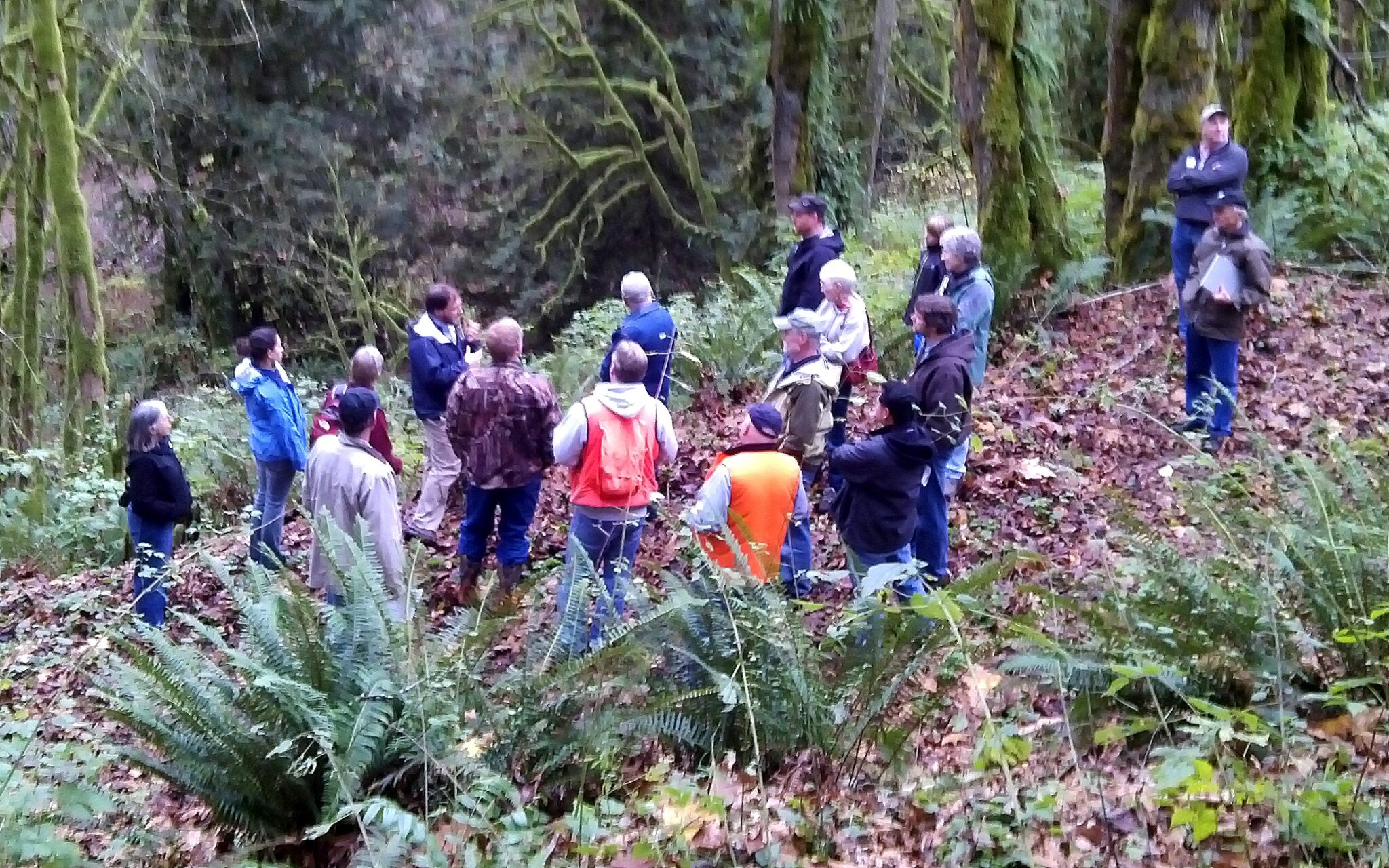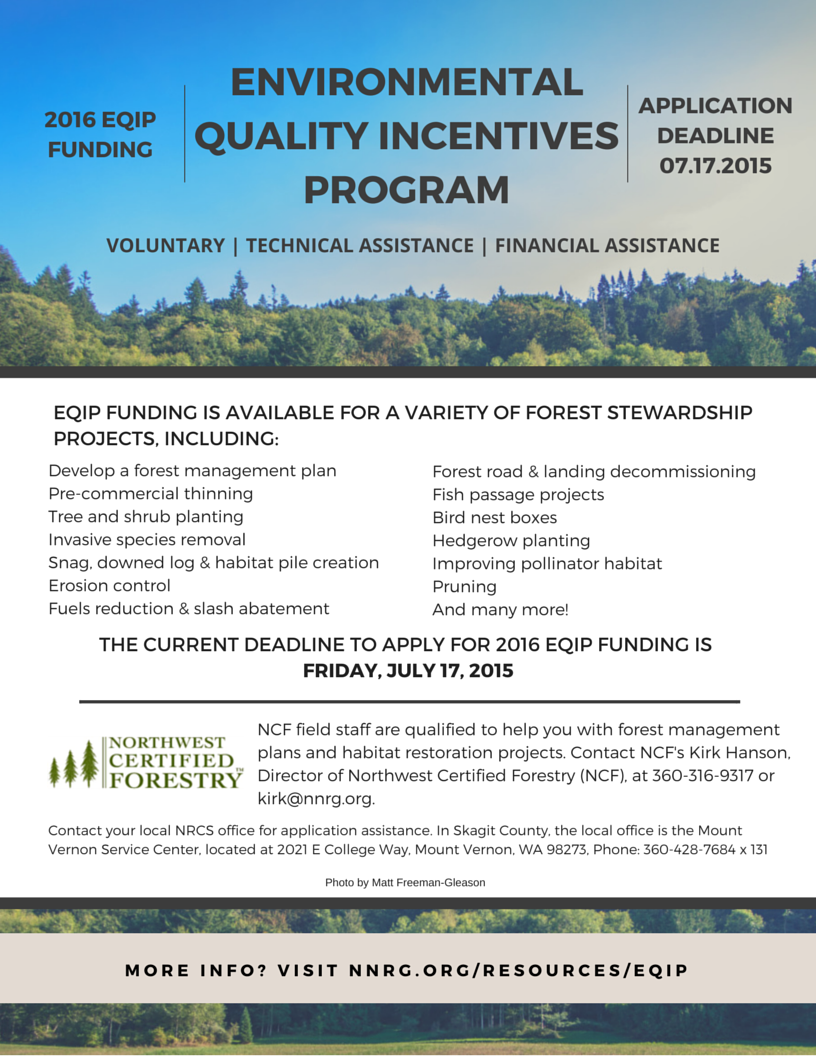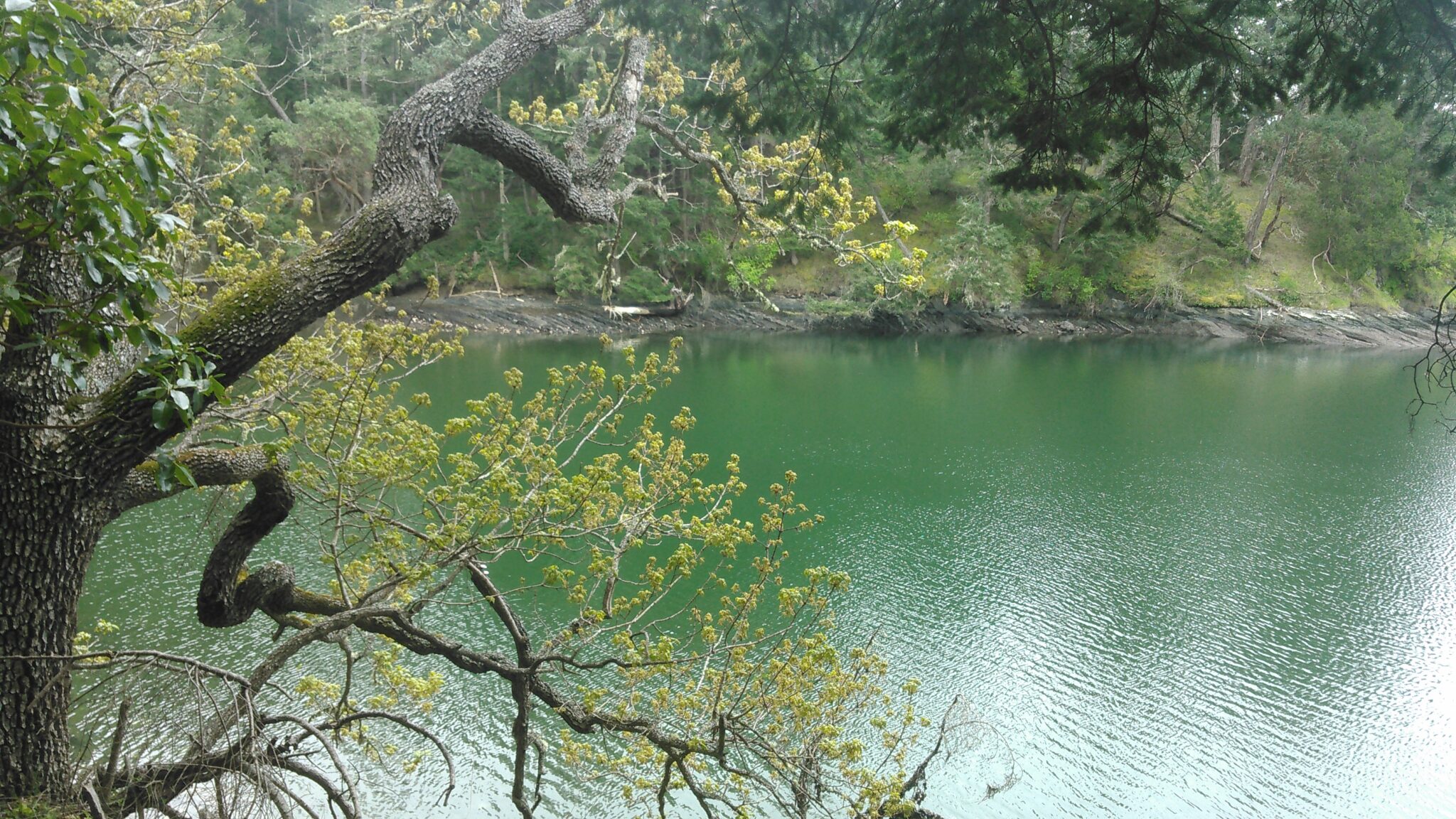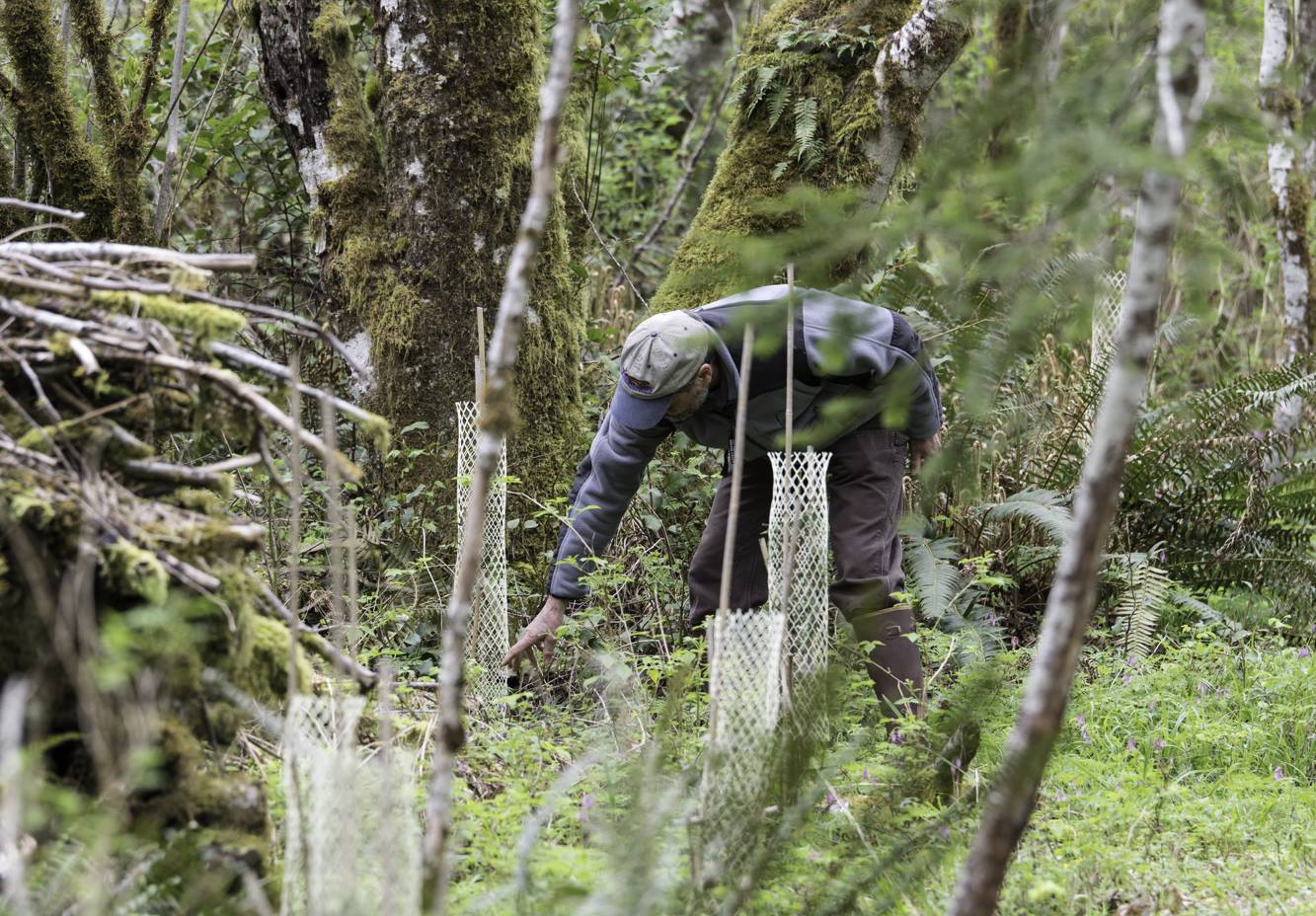The Environmental Quality Incentives Program (EQIP) is a technical and financial assistance program managed by the USDA’s Natural Resources Conservation Service. EQIP helps forest owners access technical expertise to develop and complete conservation practices that improve the health and productivity of their land.
EQIP
Summer Forest Stewardship Tips
Summer is the perfect time for major forest management activities like thinning trees, controlling weeds and invasives, and maintaining roads.
Jackrabbit Farm: Building a Food Forest System
by Kelly Smith, NNRG volunteer On a cool and misty morning last September, Kirk Hanson and I visited Jackrabbit Farm in Southwest Washington. Kirk, Northwest Natural Resource Group’s Director of Forestry, needed to make observations and gather data for a new forest management plan for the farm, which had recently been funded through the USDA’s […]
By the Numbers: 2016 Accomplishments
2016 was an incredible year for Northwest Certified Forestry members and the forests they steward. Because of the dedicated community of ecologically-minded woodland owners, Pacific Northwest forests are healthier, more resilient homes for wildlife and people alike. Here are some highlights of our year: Accomplishments: We hosted 11 workshops on ecologically-based forest management, precision tree-felling, forest […]
Member Spotlight: Orkila showcases ecological forestry
Along the rocky shores of Orcas Island, YMCA Camp Orkila is a special place where the forest meets the sea. Campers describe the iconic Northwest destination as magical, Neverland, and Oz. The YMCA offers camp programs by summer and outdoor environmental education programs in the spring and fall, serving more than 17,000 campers and students each year. The iconic camp […]
Summer: Forestry through the Seasons
Summer is the perfect time for major forest management activities like thinning trees, controlling weeds, and maintaining roads. Performing these stewardship activities in the dry season when sap flow is low will reduce damage to residual trees while minimizing soil compaction and other effects on forest ecosystems. Steward your Forest Clear winter debris from roads and […]
Funding Fuel Reduction and Forest Health Projects
Depending on the state of your forest, fuel reduction and forest slash treatments may be ways you can improve your forest’s health and fire resilience. We’ve identified cost-share programs, funding, and other resources, as well as information on how to do-it-yourself. Forest slash treatment is becoming a necessity in many forests due to historic fire […]
Special Announcement: Funding Forest Stewardship – Make a Plan
NNRG is kicking off a series about cost-share programs and resources available to woodland owners in Oregon and Washington. Over the next six weeks we’ll be sharing information about resources to fund stewardship activities in your forest. We’re focusing on the topics you’ve told us are important to you: developing management plans, improving timber quality, […]
Partnership in the Skagit Watershed
The iconic Skagit Watershed is important to all of us for its production of timber, food, and fisheries. It is also significant in that it is the only river system in the Puget Sound region to support all five species of Pacific salmon. The Washington State Department of Natural Resources (DNR) and Northwest Natural Resource […]
Time to start thinking about 2016 EQIP projects
The Washington State cutoff for 2016 EQIP funding is Friday, July 17, 2015 (Edit: The 2016 EQIP deadline has been extended to October 16, 2015 in WA. The Oregon 2016 EQIP deadline is January 15, 2016.) The Environmental Quality Incentives Program (EQIP) is a technical and financial assistance program managed by the USDA’s Natural Resources Conservation Service. EQIP […]
Spring time in the San Juans
NNRG returned to the San Juans this spring, this time assisting Camp Orkila prepare for pre-commercial thinning as well as develop a forest management plan for Satellite Island. Kirk Hanson, Director of Forestry, spent the better part of a day on Satellite Island, a 116-acre remote camping island owned by the YMCA that is nestled along […]
Workshop: Become an NRCS Technical Service Provider – March 24 & 25
Becoming a TSP can leverage resources for you to help existing clients and expand your network for conservation projects. This 2-day workshop will provide an overview of EQIP and assist participants through the TSP application process. If you’ve heard of EQIP and the TSP program offered by NRCS, but aren’t sure what they entail this […]
EQIP and a Forest Classroom
Butler Family Forest, Olympia, WA Nestled along Pants Creek and the Capital Forest near Olympia sits a 40 acre FSC® certified forest owned by Paul and Peggy Butler, and Jim Stroh and Jan Yancy. Paul, a retired Evergreen State College professor, and his partners bought the property from another former Evergreen professor in 1990 and […]
USDA features Kirk’s Riparian Designs
Story from USDA Agroforestry Report 2011-2012 The full report can be found at here. Inspired? Learn about what EQIP can do for you:
EQIP and A Family Forest
Sasquatch Farm, Montesano, WA By Neva Knott, edited by NNRG Often when we think of a family forest, we envision grandparents or parents passing the land from generation to generation. Some family forests grow differently, such as Sasquatch Farm, founded by brother and sister, Garry and Nancy Dale. In 2001, the siblings purchased the 60-acre […]
A Church’s Inheritance and EQIP
Bethlehem Lutheran Church forestland, Belfair, WA Story told by Neva Knott, edited by NNRG What would you do if you inherited over one hundred acres of forestland in need of restoration? Bethlehem Lutheran Church in Marysville, WA was faced with this quandary when a member of the congregation bequeathed 132 acres of Hood Canal forestland […]

